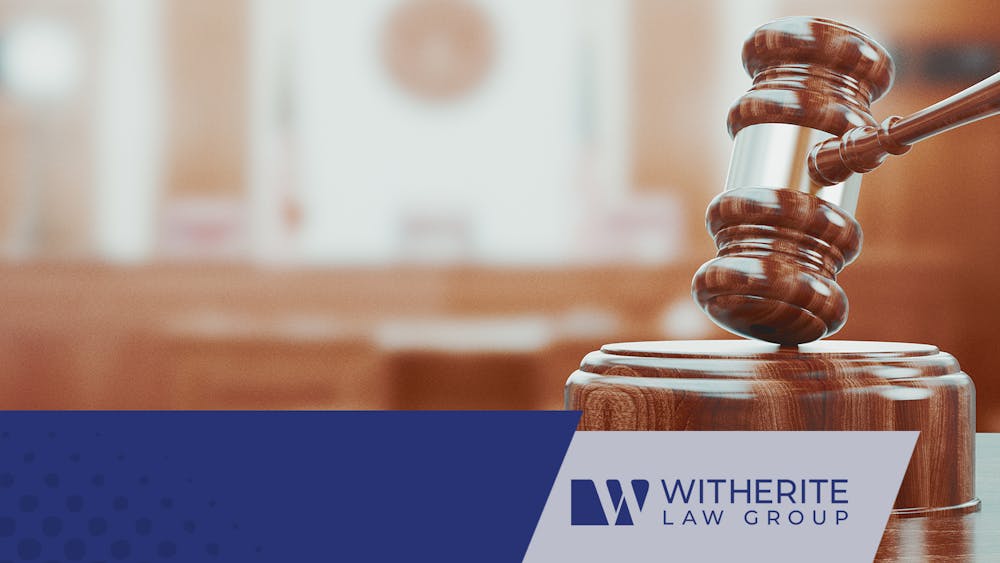What are the Steps in a Car or Accident Lawsuit: Trial and Beyond
Part 2 – The Trial and Beyond
Knowledge is power – the more you know, the farther you will go. That’s particularly true in America’s legal system, where ample knowledge, coupled with action, are the best ways to get the results you want in a complicated and intimidating process.
In the previous blog, we looked at five essential pre-trial steps of a car or truck accident case: medical recovery, legal assistance, filing a complaint, discovery, and mediation.
Here are the steps surrounding the trial and beyond and why they’re so important:
Trial Beginning and Jury Selection
Because of the formality and seriousness of the process, certain steps must occur before the trial begins, which, though time-consuming, are crucial to the case outcome. The first is the identification of the parties and pleas registered. The second is jury selection, where both sides attempt to select or exclude those jurors whom they feel will be most helpful to their cause. Many a case has been compromised at this step.
Trial – Opening Statements and Case Presentation
This part of the process receives the most attention because it is often the most exciting and eventful. It’s definitely the most public – what you see on TV and in the movies – and involves opening arguments by the plaintiff and defendant, the presentation of evidence, witness testimony and cross examination of the witnesses. Depending on the case and its importance, this could either be a short or very long step.
Trial – Closing Statements and Jury Deliberation
While the closing statements of a case can be dramatic and eloquent, they don’t take much time. The judge then gives instructions to the jury, who then deliberates. Compared to closing statements, which are made for the entire court to hear, jury deliberation is conducted in private. As with the trial presentation, it can take a few days or several months, depending on the complexity and consequence of the case.
Post-Trial and Settlement
After the verdict is read, the judge issues an order, which includes instructions to the prevailing and unsuccessful parties along with post-trial action timelines. The prevailing party will expect to receive the settlement amount, which could take considerable time, as most financial transactions do. The losing party, if they feel there was a mistake or error in the case, has a designated amount of time to dispute the outcome.
Appeal
If you receive an unfavorable ruling and feel there was an error involved, there is an option for a dismissal or to get another trial: through an appeal. This is where a higher appellate court reviews the case based on procedure, new evidence, or new witness testimony. This is another way the system uses to make sure that justice is served, though it can add months to the case length.
Amy Witherite, founder and lead attorney at Witherite Law Group, says, “Every aspect of a lawsuit is as important as the others, and you can take maximize your chance at success or get taken advantage of by the process if you don’t know how to successfully maneuver and ‘win’ each critical stage.”
The best advice: know the system as well as you can and choose your attorney like your financial and future wellbeing depends on it. It often does.
The accident attorneys of Witherite Law Group help those who have been injured in a car or truck accident. Get legal help today by calling 1-800-CarWreck® or 1-800-TruckWreck or visiting www.WitheriteLaw.com. We’re available 24/7.

